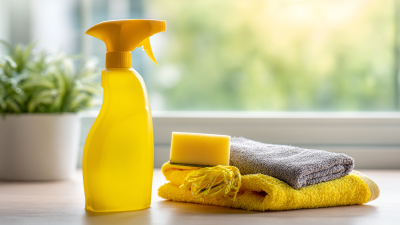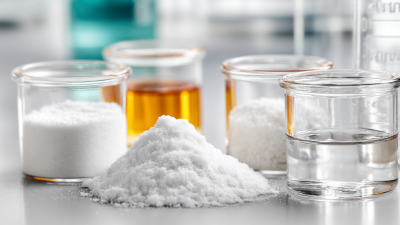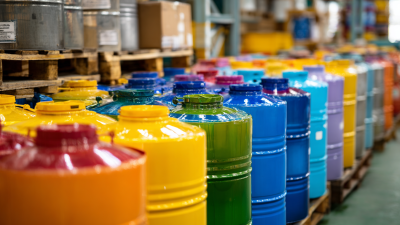The health and productivity of livestock are crucial to the success of any farming operation, making the effective use of Cattle Shed Disinfectants an essential practice. According to the National Institute of Animal Health (NIAH), biosecurity measures, including the appropriate application of disinfectants, can reduce disease incidence in bovine populations by up to 70%. Moreover, a study published in the Journal of Veterinary Science emphasized that maintaining a clean environment is directly linked to improved animal welfare and milk yield, highlighting the importance of regular sanitation routines. In order to foster a healthier farm environment while optimizing herd performance, understanding the correct use and types of Cattle Shed Disinfectants becomes imperative. This article will offer practical strategies and insights for farmers to effectively implement disinfectant protocols, ensuring the health of their cattle and the overall sustainability of their operations.
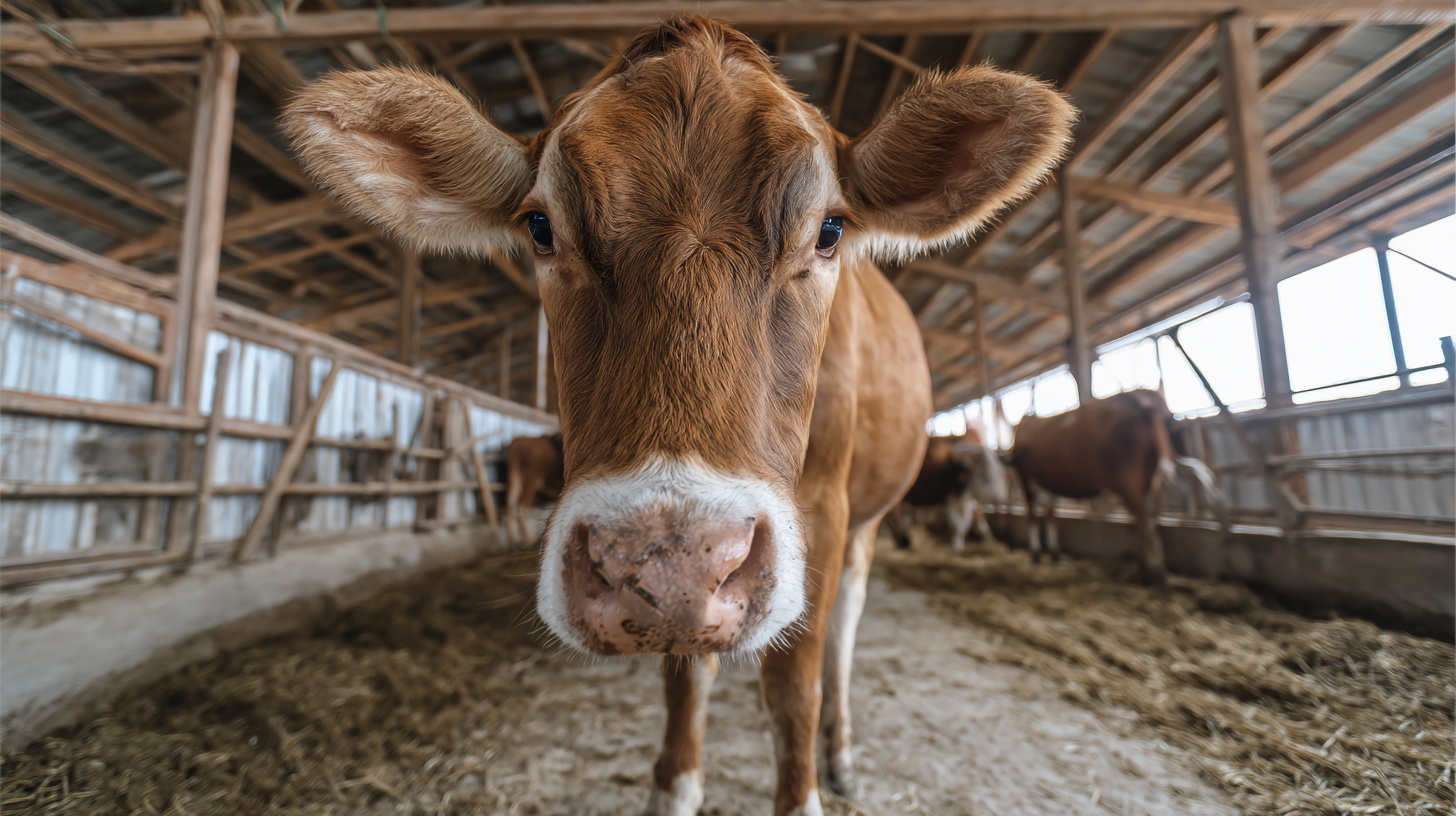
Disinfection in cattle sheds is critical for maintaining a healthy farm environment, as it directly impacts animal health and productivity. According to a study published by the Journal of Dairy Science, effective sanitation can reduce the prevalence of contagious diseases such as bovine respiratory disease, which costs the dairy industry approximately $1 billion annually in the United States alone. Routine disinfection practices can significantly lower the risk of pathogen transmission among livestock, ensuring better overall herd health.
The proper use of disinfectants in cattle sheds not only helps in controlling diseases but also enhances the quality of milk and meat produced. Research from the National Institute of Animal Health indicates that implementing a thorough cleaning and disinfection protocol can improve milk yield by up to 15% during peak lactation periods. By understanding the importance of disinfection and employing effective cleaning agents, farmers can create a more bio-secure environment, ultimately leading to improved financial returns and animal welfare on their farms.
| Disinfectant Type | Active Ingredient | Usage Method | Application Frequency | Effectiveness |
|---|---|---|---|---|
| Quaternary Ammonium Compounds | Benzalkonium Chloride | Spray application | Weekly | Good against bacteria |
| Chlorine-based Disinfectants | Sodium Hypochlorite | Soaking and scrubbing | Biweekly | Highly effective against viruses |
| Iodophor Disinfectants | Povidone-iodine | Mopping and spraying | After each cleaning | Very effective against bacteria and fungi |
| Hydrogen Peroxide | Hydrogen Peroxide 3% | Spray application | Monthly | Effective against a wide range of pathogens |
Choosing the right disinfectant for your farm needs is crucial for maintaining a healthy environment in your cattle shed. Different disinfectants have varying properties and effectiveness against specific pathogens, so it’s essential to assess your farm's particular requirements. Consider factors such as the types of animals you have, the common diseases in your area, and the materials used in your cattle shed. For instance, quaternary ammonium compounds may be suitable for routine cleaning, while more potent agents like peracetic acid or hydrogen peroxide may be necessary for outbreak situations.
Additionally, it is important to evaluate the safety of the disinfectants you choose. Some products may be effective but could pose health risks to animals or farmworkers, leading to more harm than good. Read labels carefully and opt for eco-friendly options whenever possible to minimize environmental impact. Always follow the manufacturer’s instructions for application and dilution to ensure effectiveness and safety.
Regular assessment and adjustment in your disinfectant choice based on evolving farm conditions will contribute to a healthier, more productive farming operation.
Effective disinfection of cattle sheds is crucial for maintaining a healthy farm environment. To achieve this, it's essential to follow a systematic approach. Begin by removing all animals and their bedding from the shed. This preparation allows for thorough cleaning. Next, use a power washer to remove dirt and organic matter from surfaces. Pay particular attention to corners and crevices where pathogens may hide.
After cleaning, select an appropriate disinfectant that is suited for livestock environments. Apply the disinfectant generously, allowing it to sit for the recommended contact time to ensure maximum effectiveness. Remember to ventilate the area to protect both yourself and the animals from harmful fumes.
Tips: Always wear protective gear when handling disinfectants to safeguard against skin contact and inhalation. Rotate disinfectants periodically to prevent pathogens from developing resistance. Lastly, regularly schedule disinfection practices as part of your farm management routine to create a consistently healthy environment for your cattle.
Maintaining a clean cattle shed environment is crucial for the health and productivity of livestock. One of the best practices includes establishing a regular cleaning schedule. It’s essential to remove manure and soiled bedding daily to minimize the build-up of pathogens. Thoroughly washing the shed with water and appropriate detergents should follow this daily maintenance. This not only eliminates visible waste but also helps to reduce bacteria and other harmful microorganisms present in the environment.
Disinfecting the cattle shed is another vital step in ensuring a healthy atmosphere for your animals. Using effective cattle shed disinfectants, such as quaternary ammonium compounds or iodine-based solutions, can significantly lower disease transmission rates. Always follow the manufacturer's instructions regarding application rates and dwell times to maximize effectiveness. Additionally, consider the timing of disinfectant application; post-cleaning and during dry conditions can enhance the efficacy of the product. Ultimately, combining these best practices will create a healthier farm environment, leading to happier and more productive cattle.
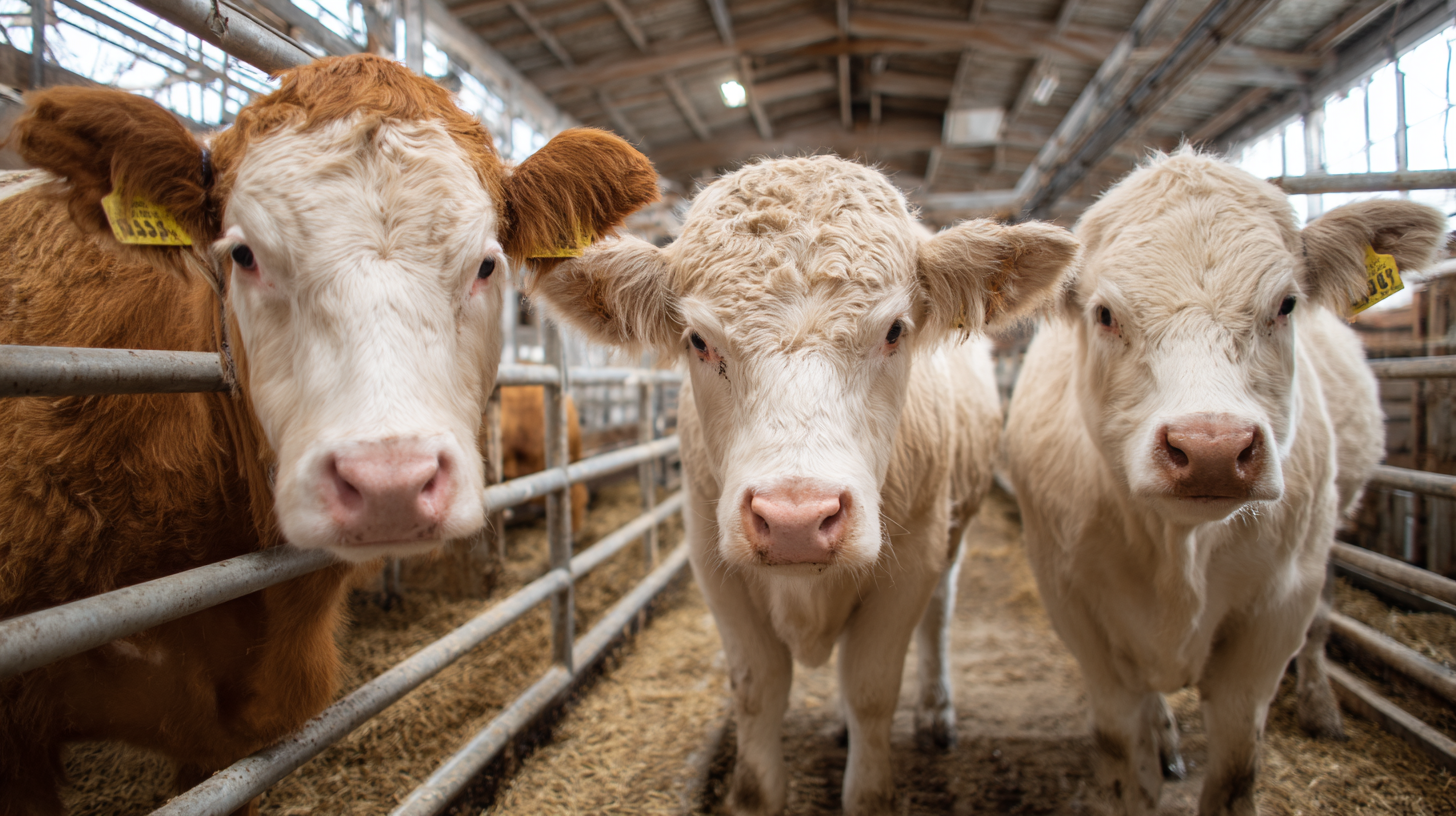
Monitoring and evaluating the effectiveness of disinfectants in cattle sheds is crucial for maintaining a healthier farm environment. Research indicates that about 70% of livestock diseases can be traced back to poor hygiene practices. Therefore, regular monitoring of disinfectant efficacy can significantly reduce the prevalence of these diseases. It’s essential to establish a routine that includes visual inspections, microbial testing, and tracking infection rates before and after disinfection protocols. Implementing a systematic evaluation process enables farmers to identify the most effective disinfectants and apply them optimally.
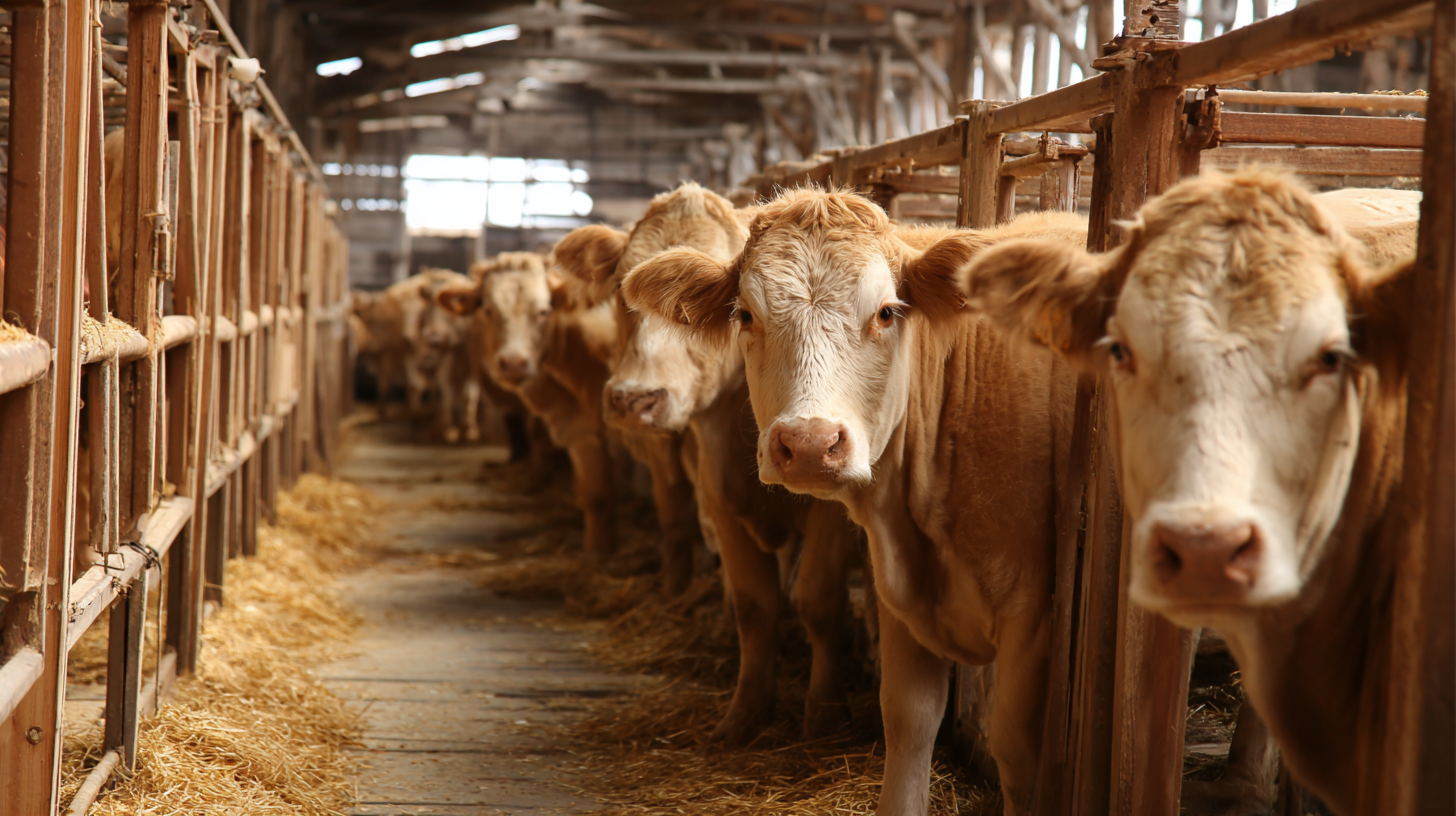
Tips: Ensure that disinfectants are tested against specific pathogens relevant to your farm. Use ATP (adenosine triphosphate) testing to measure the cleanliness of surfaces before and after disinfection. This quantitative approach provides a clear picture of how effective your cleaning protocols are.
Additionally, integrating the use of disinfectants with proper ventilation and air quality management can enhance their effectiveness. According to the Journal of Animal Science, maintaining good air quality can reduce pathogen load by up to 50%, complementing the benefits of using chemical disinfectants. Regular training for farm staff on the correct use and application of disinfectants is another critical factor for success in creating a healthier farm environment.
